
Walter Weedon Grossmith, better known as Weedon Grossmith, was an English writer, painter, actor, and playwright best known as co-author of The Diary of a Nobody (1892) with his brother, music hall comedian and Gilbert and Sullivan star George Grossmith. Weedon Grossmith also illustrated The Diary of a Nobody to much acclaim.
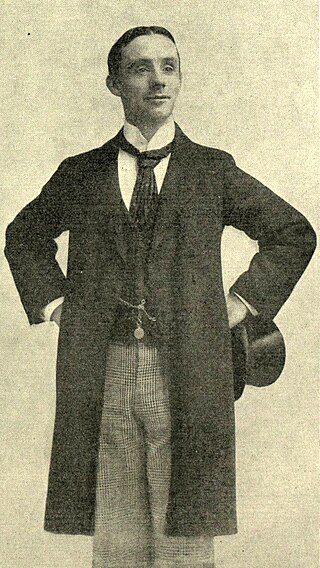
George Wild Galvin, better known by the stage name Dan Leno, was a leading English music hall comedian and musical theatre actor during the late Victorian era. He was best known, aside from his music hall act, for his dame roles in the annual pantomimes that were popular at London's Theatre Royal, Drury Lane, from 1888 to 1904.
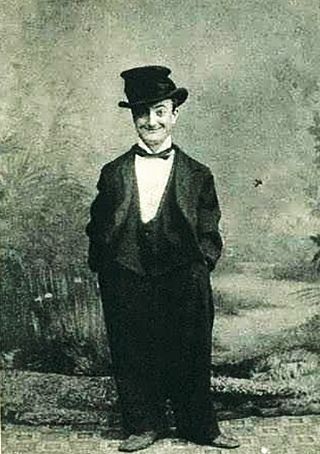
Harry Relph, professionally known as Little Tich, was a 4-foot-6-inch-tall (137 cm) English music hall comedian and dancer during the late 19th and early 20th centuries. He was best known for his acrobatic and comedic "Big-Boot Dance", which he performed in Europe and for which he wore boots with soles 28 inches (71 cm) long. Aside from his music hall appearances, he was also a popular performer in Christmas pantomimes and appeared in them annually at theatres throughout the English provinces. He repeated this success in London, where he appeared in three pantomimes at the Theatre Royal, Drury Lane, between 1891 and 1893 alongside Dan Leno and Marie Lloyd.

The Gaiety Theatre was a West End theatre in London, located on Aldwych at the eastern end of the Strand. The theatre was first established as the Strand Musick Hall in 1864 on the former site of the Lyceum Theatre. In 1868, it became known as the Gaiety Theatre and was, at first, known for music hall and then for musical burlesque, pantomime and operetta performances. From 1868 to the 1890s, it had a major influence on the development of modern musical comedy.
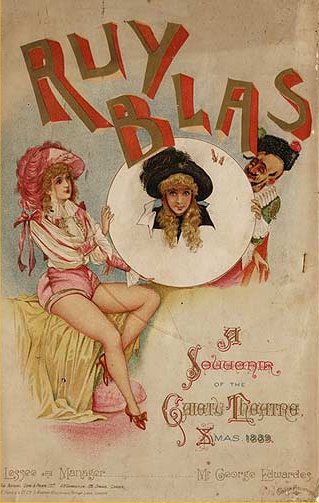
Victorian burlesque, sometimes known as travesty or extravaganza, is a genre of theatrical entertainment that was popular in Victorian England and in the New York theatre of the mid-19th century. It is a form of parody in which a well-known opera or piece of classical theatre or ballet is adapted into a broad comic play, usually a musical play, usually risqué in style, mocking the theatrical and musical conventions and styles of the original work, and often quoting or pastiching text or music from the original work. Victorian burlesque is one of several forms of burlesque.

Evangeline Estelle Gazina, better known under her stage name, Kate Santley, was a German-born actress, singer and comedian. After spending her childhood in the US, she came to England in 1861, where she had a successful career, later also becoming a theatre manager.

Henrietta Hodson was an English actress and theatre manager best known for her portrayal of comedy roles in the Victorian era. She had a long affair with the journalist-turned-politician Henry Labouchère, later marrying him.

Willie Warde was an English actor, dancer, singer and choreographer. The son of a dancer, his first theatre work was with a dance company. He was engaged to arrange dances for London productions and was later cast as a comic actor in musical theatre. He was associated for over two decades with the Gaiety and Daly's theatres under the management of George Edwardes, playing in and choreographing burlesques and, later, Edwardian musical comedies. In later years he played character roles in West End comic plays.

Frederick John D'Auban was an English dancer, choreographer and actor of the Victorian and Edwardian eras. Famous during his lifetime as the ballet-master at the Theatre Royal, Drury Lane, he is best remembered as the choreographer of many of the Gilbert and Sullivan operas.

Dan Leno was an English comedian and stage actor of the Victorian and Edwardian eras, famous for performing in music hall. As a child, he was known for his clog dancing, and in his teen years, he became the star of his family's music hall act throughout Britain. He was an increasingly popular solo artist during the late 1880s and 1890s. He also performed in pantomimes and a few Victorian burlesques and comic plays and musicals, especially in the last two decades of his career.
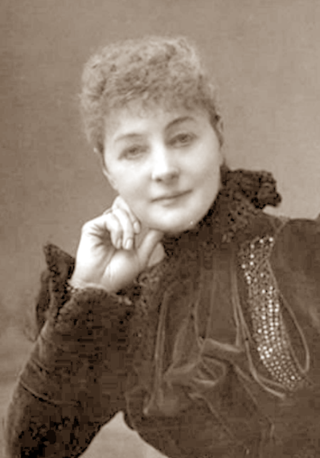
Katherine Julia Mackenzie was an English actress, professionally known as Katherine Compton, or, more usually, Miss Compton. She was best known for her appearances in the comedies written by her husband R. C. Carton, between 1885 and 1922.

Herbert Campbell, born Herbert Edward Story, was an English comedian and actor who appeared in music hall, Victorian burlesques and musical comedies during the Victorian era. He was famous for starring, for many years, in the Theatre Royal, Drury Lane's annual Christmas pantomimes, predominantly as a dame.

Henry Thomas Nicholls was an English actor, comedian, songwriter and playwright, popular during the Victorian era. As an actor, he appeared in music hall, Victorian burlesques and Edwardian musical comedy. He was perhaps best known for starring in the Theatre Royal, Drury Lane's annual Christmas pantomimes, alongside Dan Leno and Herbert Campbell and as the author of long-running musicals at the Gaiety Theatre.
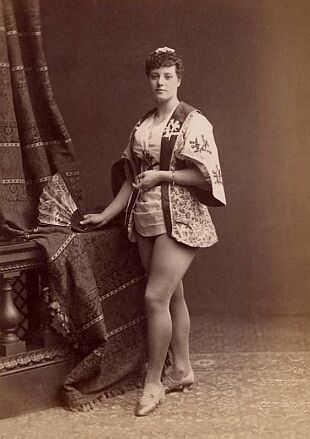
Harriet Vernon was an English actress and singer of the Victorian era who appeared regularly in music hall, Victorian burlesque and pantomime in the 1880s and 1890s. In a career that spanned five decades, her final appearances were in 1923. Vernon also toured internationally, appearing in New York, Johannesburg and Berlin.

Johnnie Cullen and Arthur Carthy, known as Cullen and Carthy, were a British comedy double act who achieved popularity on the British and Irish music hall, circus and variety stages over a career spanning a period of four decades, beginning in the latter part of the Victorian age to the post-war years of the 1920's. Their partnership lasted from 1890 until Cullen's death.
George "Sanford" Bradbury (1869—1950) and George "Lyons" Jennings (1872—1911), known as Sanford and Lyons, were popular English music hall comedians of the late 19th and early 20th centuries.

Charles Groves was an Irish-born, British stage actor of the Victorian era, associated with his work in comedy in London's West End and on Broadway.
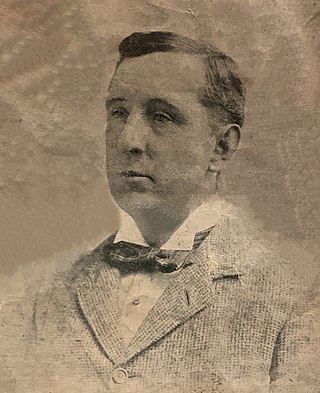
Walter Groves (1856–1906) was a British actor, comedian, music hall artist, and writer of the late Victorian and early Edwardian eras.
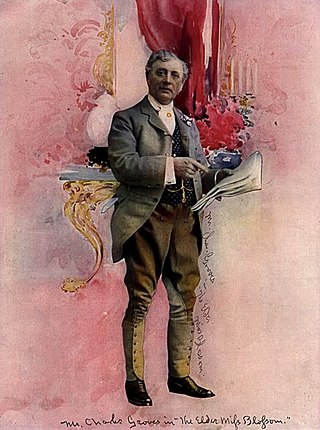
The Groves family is a British theatre family which traces its roots to the Regency era. Its descendants include actors of the Victorian stage, the British Music Hall, Broadway theatre and motion pictures.

Louisa Elizabeth Babb (1861–1901), known professionally as Minnie Byron, was an English mezzo-soprano and actress best known for her character performances of Opéra bouffe in the 1880s. However successful, Byron was not a career performer, using her brief public visibility to secure a more stable and prosperous future for herself and her children, an important footnote in social history or specifically, women's history.



















